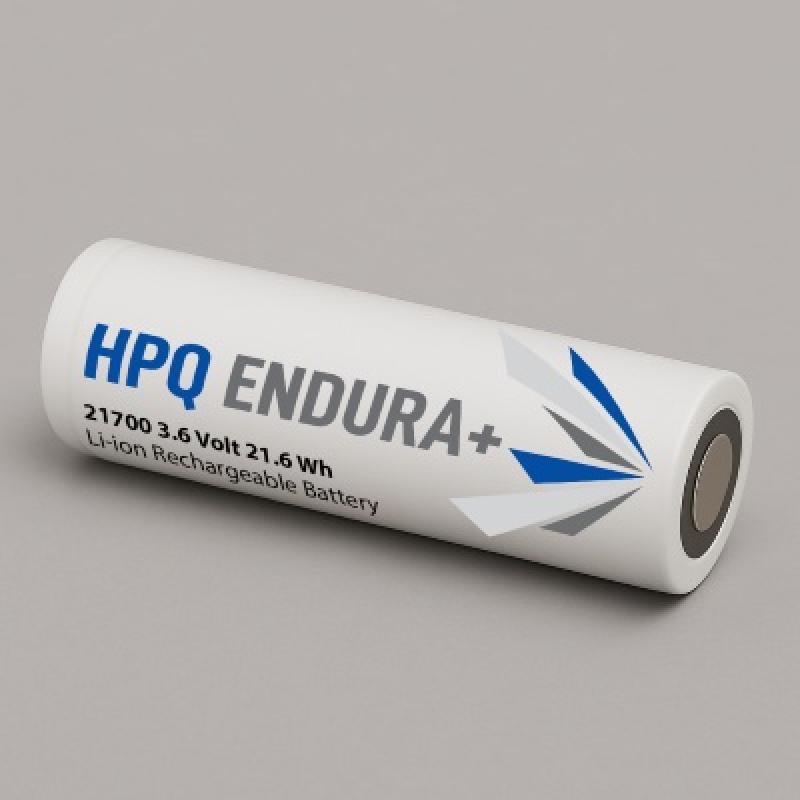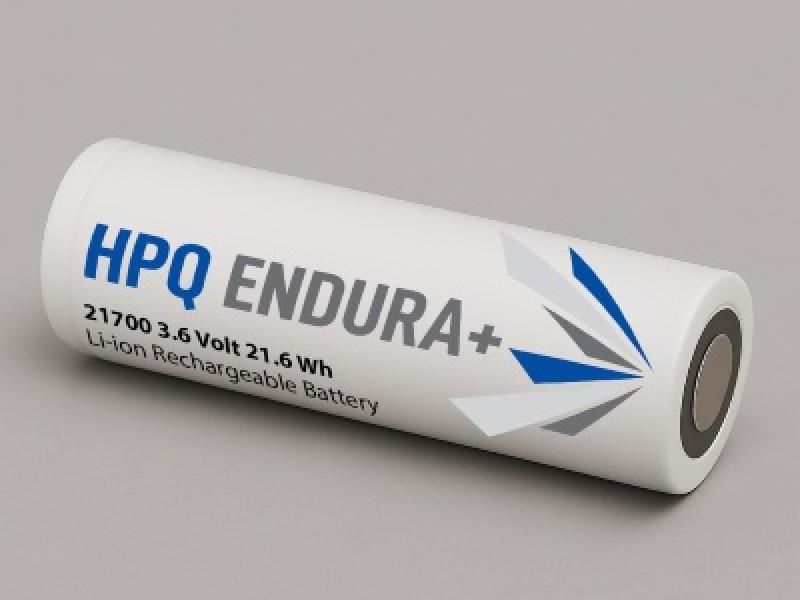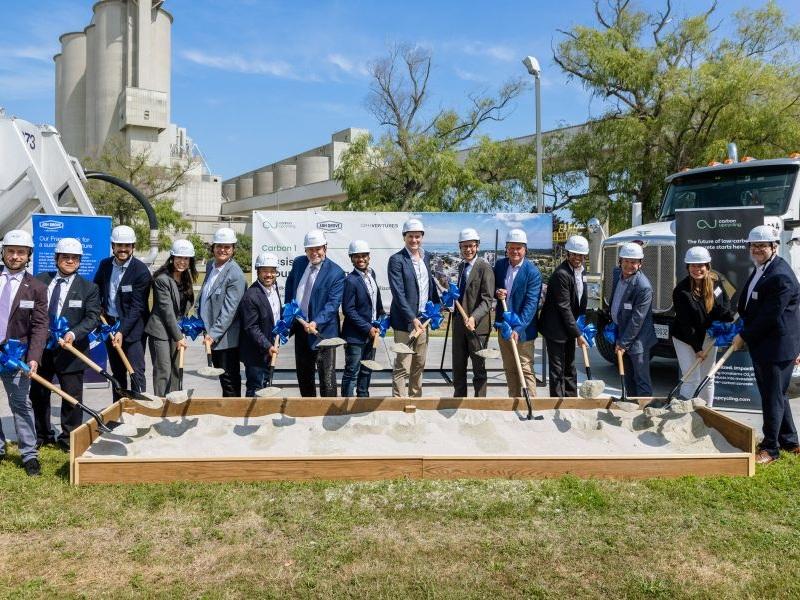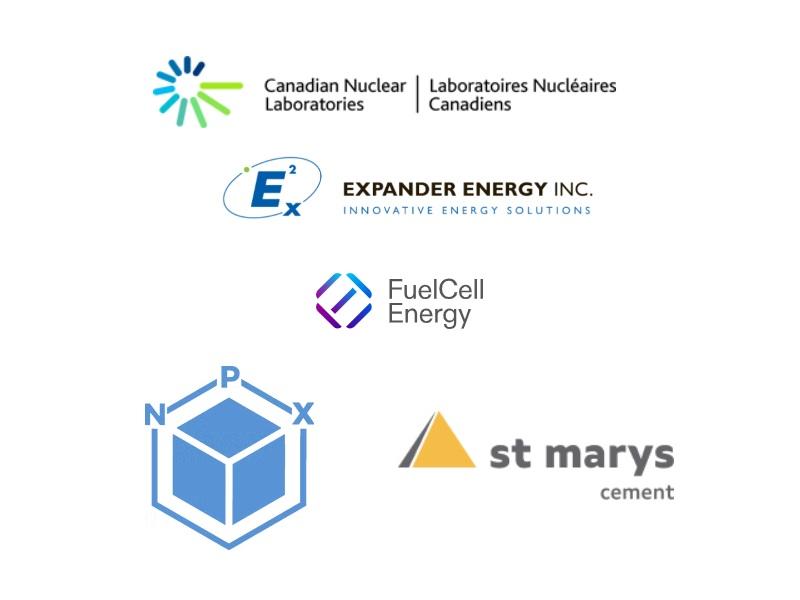
HPQ Silicon Inc. is readying to launch its first lithium-ion battery brand made with the latest iteration of a silicon-based anode material, as the Montreal-based company nears an “inflection point” for commercialization, president and CEO Bernard Tourillon said.
The brand, named HPQ Endura, will be sold in North America by the end of Q3 under license from HPQ's France-based technology partner Novacium SAS as 18650 and 21700 battery cells. When bundled together, the cells function as a larger energy storage device.
Endura incorporates the third-generation of the battery ingredient developed by Novacium. The addition of a silicon-based anode in battery manufacturing improves capacity compared to batteries using purely graphite as an anode, company testing showed.
Data from those tests indicates the 18650 cells can reach almost 1,000 charge cycles and retain approximately 80 per cent of their original capacity. Some comparable industry batteries retain 60 to 80 per cent of their original capacity at 250 to 400 cycles, the company states.
In an interview with Sustainable Biz Canada, Tourillon said expected applications for Endura include powering electric mobility devices such as e-bikes, consumer electronics and communication equipment used by first responders and the military.
“We thought there is a market opportunity for us as we will scale up and try to build it up, because it doesn’t require a lot of material.”
Endura's journey to commercialization
Development of Endura started 18 months ago, Tourillon said, when HPQ and Novacium developed 18650 battery cells with the first iteration of its silicon-based anodes. By the third generation, the company was producing batteries which performed well on energy storage.
“As generation three kept beating results with regard to the duration, the cycle life, and maintaining up to 80 per cent capacity at 1,000 cycles, then we knew that we had something that was good.”
Performance benchmarks published in 2024 found HPQ’s 18650 batteries with the third generation silicon-based anode have 39 per cent more capacity compared to a graphite anode battery, after 150 cycles under conditions simulating real-world usage.
The best current use cases for Endura are electric micromobility and communications, Tourillon explained. The greater capacity and reliability will be valuable for e-bike and e-scooter riders by extending the travel distance.
“If you have an electric scooter, our batteries can deliver more oomph,” Tourillon said.
The military or emergency responders will appreciate the increased capacity in the cells for handheld radio sets, or power tools among other uses.
HPQ is in early discussions with potential clients for the Endura cells.
For now, the Endura cells will be manufactured by HPQ’s subcontractors. Eventually, HPQ plans to handle the manufacturing in its facilities, or have production done by its partners.
HPQ plans to market Endura in North America; Novacium will be selling the cells in Europe.
HPQ will take measures to make Endura as sustainably as possible, he said, including the use of low-carbon silicon as a feedstock.
Hydrogen another 'leg' to the company
HPQ is also engaged in the development of other sustainable materials. Tourillon described his company as devoted to rethinking solutions to industrial problems, with verticals in silicon-based anode materials, fumed silica and green hydrogen generation.
Alongside its partner PyroGenesis Inc., HPQ’s subsidiary HPQ Silica Polvere Inc. developed the fumed silica reactor, a technology that harnesses plasma to turn quartz into silica. It is expected to halve carbon emissions from silica production compared to conventional processes.
Recently, the company has been exploring green hydrogen production. Earlier this year, HPQ announced Metagene, a technology it developed with Novacium and French fuel cell designer Pragma Industries. Using an aluminum-silicon alloy, hydrogen fuel can be made on demand without electricity, energy storage, or heavy infrastructure.
In a similar collaboration with Novacium, HPQ also unveiled a waste-to-energy process that extracts hydrogen fuel from black dross, a byproduct of recycling aluminum, while neutralizing the toxicity from the dross and converting it into an additive for cement or ceramics.
HPQ will have more to reveal about its work in the hydrogen fuel sector, Tourillon said, a sector he anticipates will be “a very interesting leg to what HPQ does.”









